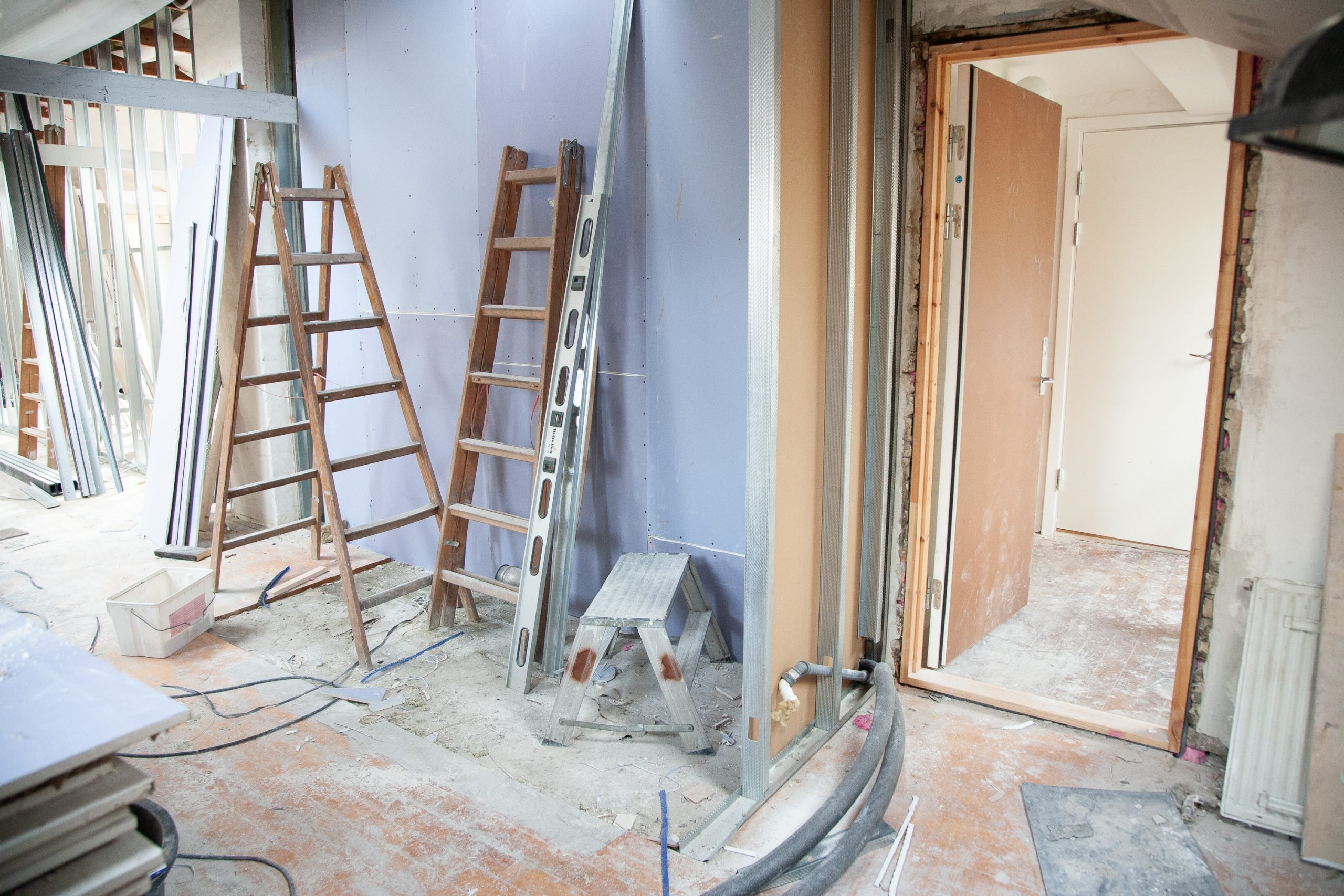
This is a current topic as Astute St Leonards is currently refinancing properties in Self Managed Super Funds (SMSF) to reduce the interest rates. If you’re thinking of giving your home – or property owned by the SMSF – a total makeover using your fund, think again. Unfortunately, while you and your fellow trustees have some control over your fund, it doesn’t mean you can spend your money however you like to renovate the property.
The ability to renovate a residential property that you own through an SMSF comes down to how you purchased it. Those who borrowed through their fund to buy the property are restricted in what they can do. Slight improvements and repairs can be made, but a full-blown renovation is saved for those who used the cash in their fund to buy the property.
If you used the cash in your fund to buy a property outright, then you can absolutely do whatever you want, provided your SMSF deed allows you to do so. You can sub-divide, you can develop, you can pretty much do anything.
Those who borrowed through their fund aren’t entirely prohibited on making improvements on their property. Repairs are allowed, but they can’t be vast alterations that change the inherent character of the property. You can certainly make the property more rentable by updating things, but you can’t go and completely gut it and change it. If you really want to do some renovations and you had to borrow, the best way is to go outside your superfund.
Choosing to renovate your property ultimately comes down to increasing its value, but in order to do so, you have to be mindful how you go about it. Everyone wants to be a property developer, right? There’s no use dropping a whole heap of cash in a property where nothing in that street is in the same condition and it’s above the price point. You’ve got to be conscious on what you’re spending money on and what you’re doing.
Whether you’re renovating to repair with borrowed funds or doing a complete makeover with accessible cash, renovating through an SMSF is only worthwhile if it improves the return on your property exponentially. Not playing by the rules or accessing your SMSF prior to retirement for personal gain can result in hefty penalties with fines up to 40% of the fund value. Speaking to a accredited broker like Astute St Leonards, who specialise in property refinancing and who work in partnership with Apexx Wealth, a financial advisor focused on the concepts of an SMSF, can help determine whether it’s beneficial for you to renovate through the fund or to find an alternative.

